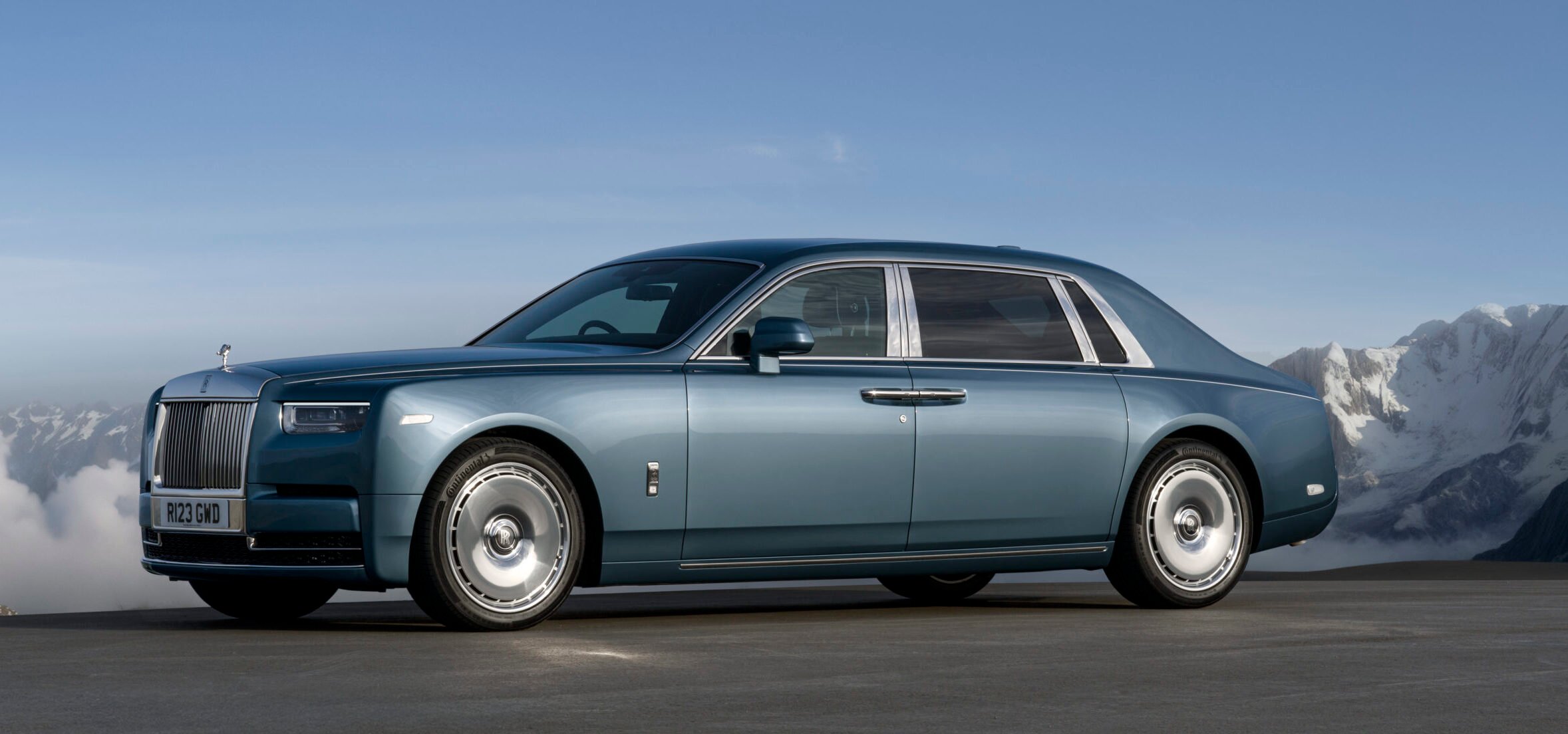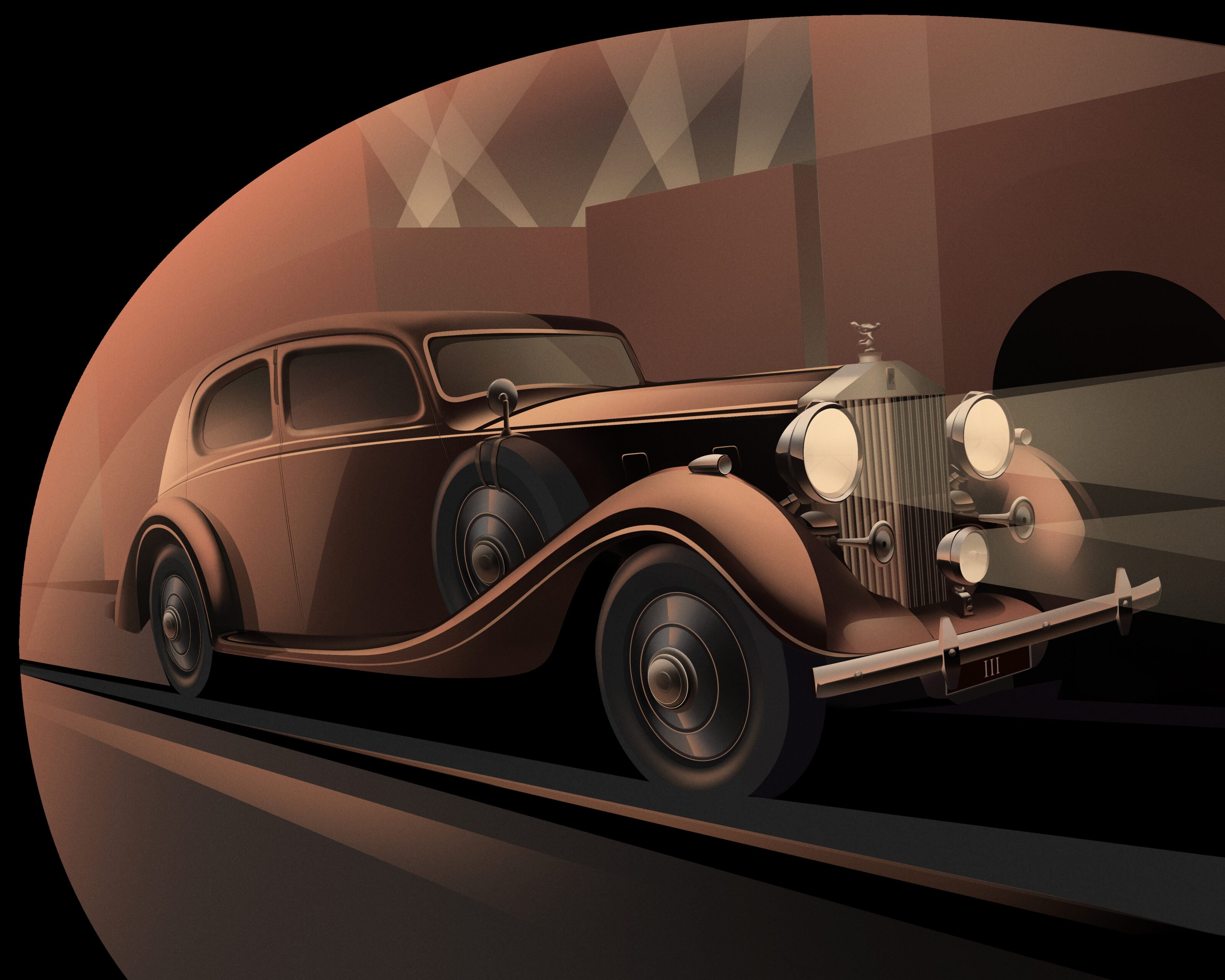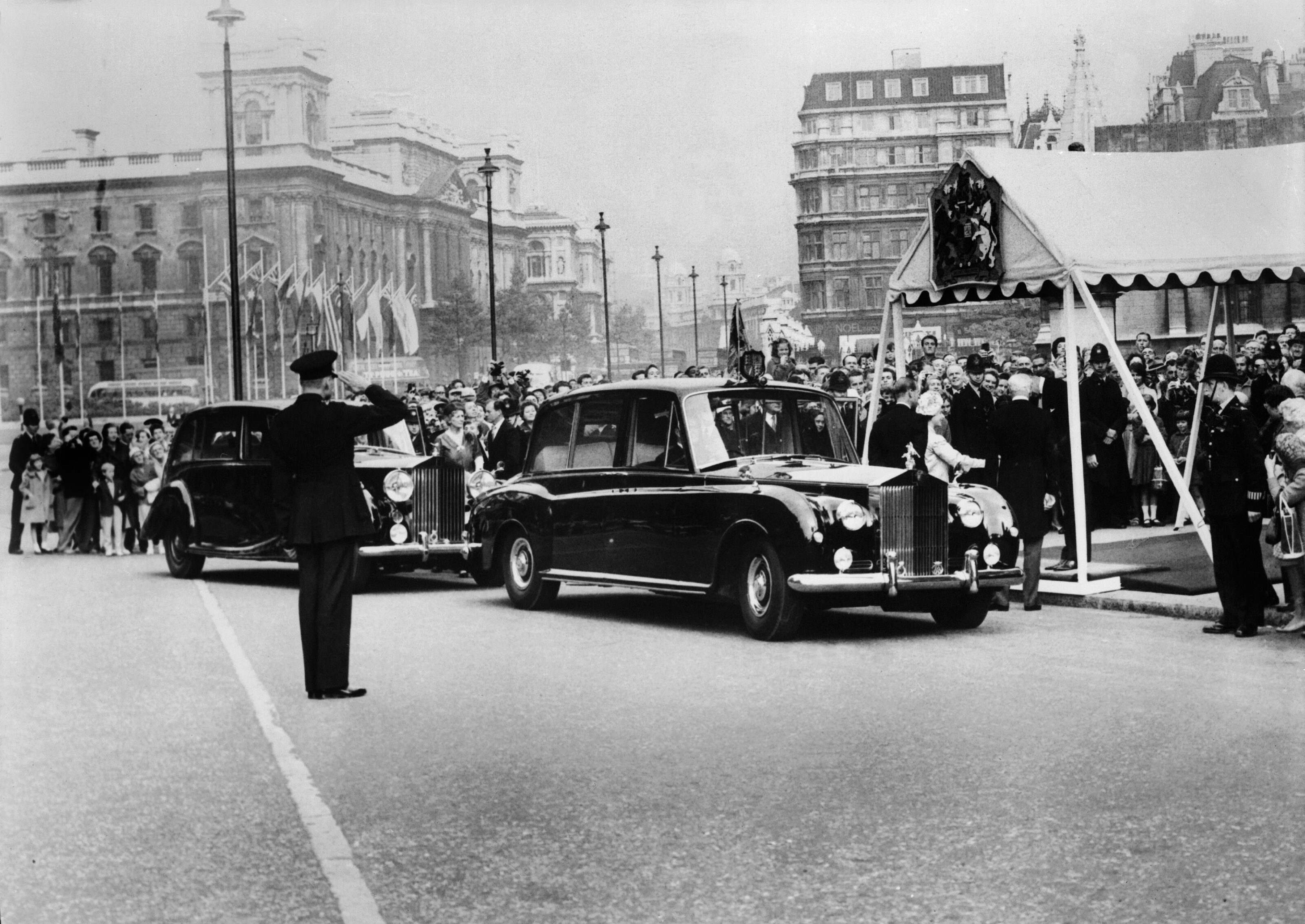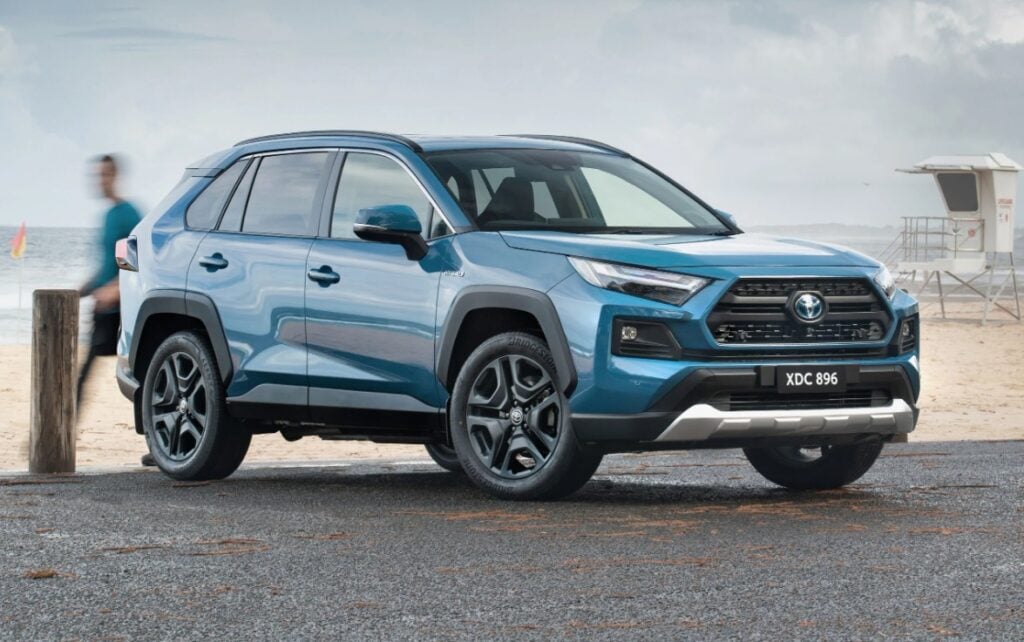
Few cars reach the status of ‘cultural icon’ but the Rolls-Royce Phantom, first introduced in 1925 and celebrating its 100th birthday, certainly qualifies having been the vehicle of choice for royalty, world leaders, artists and entertainers alike.
“Phantom is much more than a motor car,” said Chris Brownridge, Chief Executive of Rolls-Royce Motor Cars, reflected on the model’s enduring impact. “For 100 years, it has stood at the pinnacle of all Rolls-Royce motor cars – a cultural phenomenon that both reflects and influences the world around it.”
The Phantom’s centenary is marked by a series of eight specially commissioned artworks, echoing a tradition that dates back to 1910 when Charles Sykes, creator of the Spirit of Ecstasy, was commissioned to paint Phantoms in settings reflective of their owners’ lifestyles. These new pieces celebrate the vehicle’s presence in history’s defining moments—from wartime leadership to royal processions and the birth of nations.


Field Marshal Bernard Law Montgomery used his Phantom III during WWII, notably to transport figures like Winston Churchill and King George VI. The British Royal Family, too, embraced Phantom, with the Duke of Edinburgh commissioning the first Phantom IV in 1948. That vehicle still serves the Royal Household today.
The Royal family later commissioned another Phantom IV, two Phantom Vs, and two Phantom VIs to convey the sovereign. One of these is the renowned Silver Jubilee Phantom VI, which was presented to Queen Elizabeth II in 1977 by the British motor industry to celebrate her 25 years on the throne; it would later be used at the wedding of the Duke and Duchess of Cambridge in 2011 for the arrival of the bride at Westminster Abbey.
Beyond statesmanship, Phantom has left its mark on pop culture. John Lennon’s famously psychedelic Phantom V became an emblem of 1960s counterculture, while Hollywood stars from Fred Astaire to Mary Pickford and Elvis Presley claimed the Phantom as their own. In cinema, it has graced screens from Goldfinger to The Yellow Rolls-Royce.


Phantom’s renaissance in the 21st century, beginning with the launch of the Phantom VII, attracted a new generation of entrepreneurs and cultural figures attracted to its Bespoke natures and using the Phantom as a medium for artistic and personal expression.
Now in its eighth generation, Phantom remains a canvas for collaboration, with projects involving design houses like Hermès and fashion icons such as Iris van Herpen. Its legacy as the epitome of automotive prestige reimagined for a new century.





